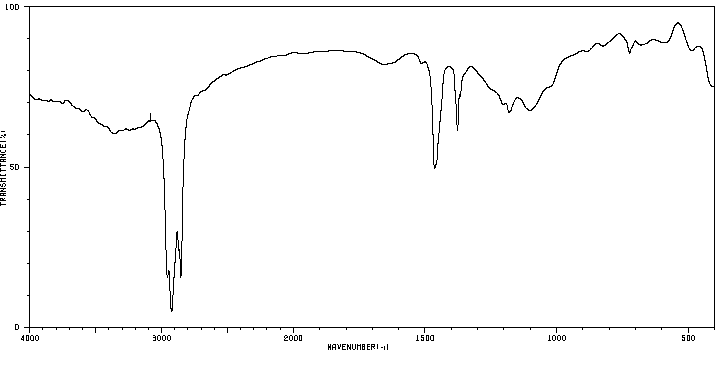代谢
铝通过口服或吸入暴露的吸收情况很差,基本上不通过皮肤吸收。铝的生物利用度受到铝化合物的影响,以及饮食成分的存在,这些成分可以与铝形成络合物,增强或抑制其吸收。铝在血液中与各种配体结合,并分布到每个器官,其中在骨骼和肺组织中的浓度最高。在生物体中,铝被认为存在四种不同形式:作为自由离子,作为低分子量络合物,作为物理结合的大分子络合物,以及作为共价结合的大分子络合物。吸收的铝主要通过尿液排出,其次是在胆汁中,而未吸收的铝则通过粪便排出。(L739)
Aluminum is poorly absorbed following either oral or inhalation exposure and is essentially not absorbed dermally. The bioavailability of aluminum is strongly influenced by the aluminum compound and the presence of dietary constituents which can complex with aluminum and enhance or inhibit its absorption. Aluminum binds to various ligands in the blood and distributes to every organ, with highest concentrations found in bone and lung tissues. In living organisms, aluminum is believed to exist in four different forms: as free ions, as low-molecular-weight complexes, as physically bound macromolecular complexes, and as covalently bound macromolecular complexes. Absorbed aluminum is excreted principally in the urine and, to a lesser extent, in the bile, while unabsorbed aluminum is excreted in the faeces. (L739)
来源:Toxin and Toxin Target Database (T3DB)







